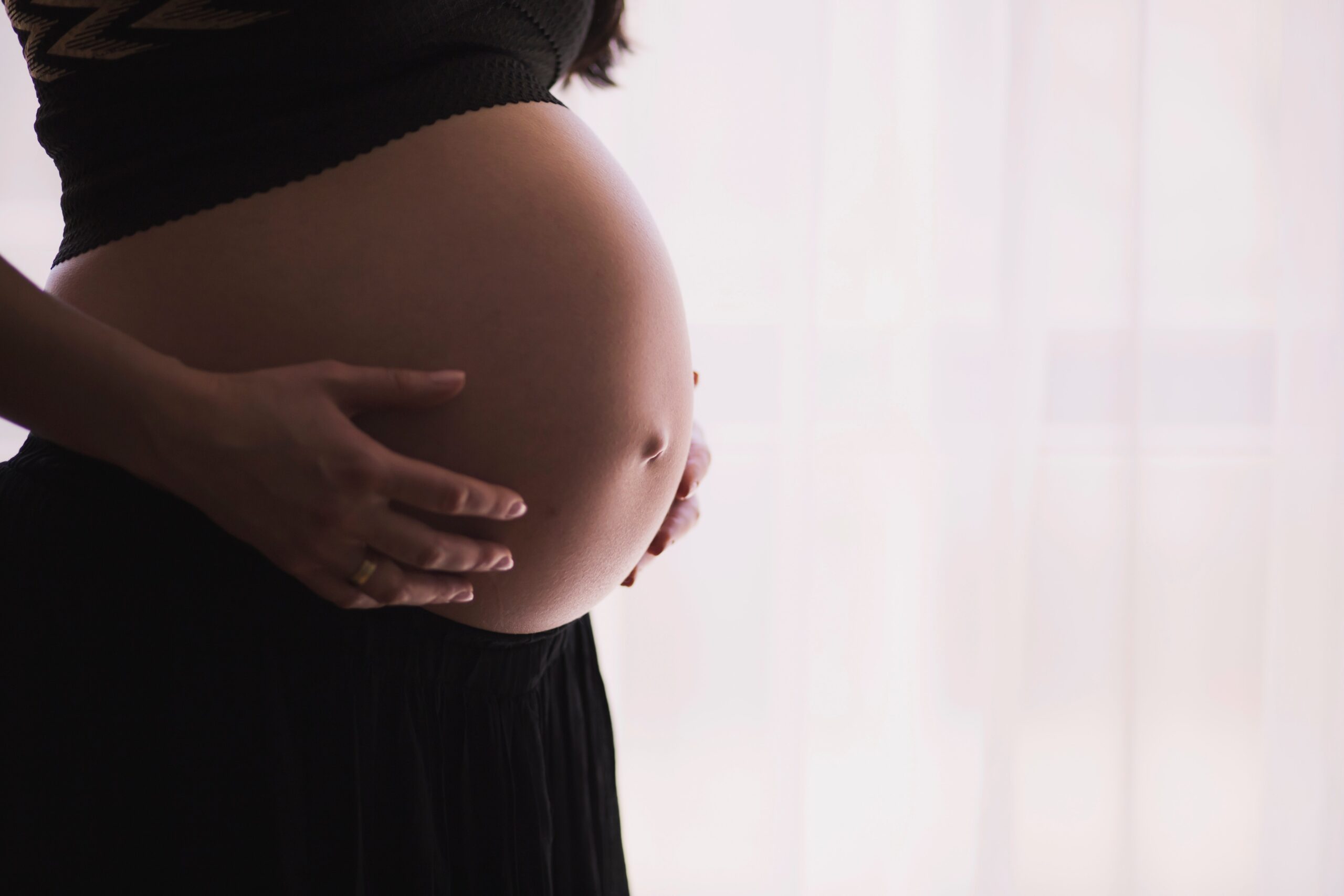Endometriosis is often associated with infertility. Infertility does not mean you cannot get pregnant, but rather there is a delay in achieving pregnancy. It is technically defined as not achieving a “clinical pregnancy after 12 months or more of regular unprotected sexual intercourse” (World Health Organization, n.d.). An estimated 30–50% of women with endometriosis are reported to have difficulty with infertility (Macer & Taylor, 2012). In addition, endometriosis does not have to be an “advanced stage” for it to affect fertility (Bloski & Pierson, 2008).
“Current evidence indicates that suppressive medical treatment of endometriosis does not benefit fertility and should not be used for this indication alone. Surgery is probably efficacious for all stages of the disease.”
(Ozkan, Murk, & Arici, 2008)
With infertility being related to endometriosis, it is unbelievable that pregnancy might still be recommended as a treatment for endometriosis. While some may have a temporary relief of symptoms, others can experience an increase. In fact, some “imaging and histopathology studies of endometriotic lesions during pregnancy show that they may grow rapidly during pregnancy” (Leeners & Farquhar, 2019). Pregnancy will not treat or cure endometriosis. Research has stated that “women aiming for pregnancy on the background of endometriosis should not be told that pregnancy may be a strategy for managing symptoms and reducing progression of the disease” (Leeners et al., 2018). This is echoed again by Leeners and Farquhar (2019) who point out that “the decision to have children should not be influenced by any perceived benefit of improving endometriosis but should be made solely on the wish for parenthood.”
While the overall risk is still low, endometriosis has been associated with some difficulties during pregnancy. Zullo et al. (2017) looked at 24 studies involving almost 2 million women with endometriosis to consider the possible effects of endometriosis during pregnancy . They found that “women with endometriosis have a statistically significantly higher risk of preterm birth, miscarriage, placenta previa, small for gestational age infants, and cesarean delivery” compared to healthy controls (Zullo et al., 2017). Zullo et al. (2017) did not find any significant association with gestational hypertension and preeclampsia with endometriosis; however, adenomyosis has been found to have some correlation with pregnancy-induced hypertension and preeclampsia (Porpora et al., 2020). Adenomyosis has been found to result in a higher likelihood of preterm birth, small for gestational age, and pre-eclampsia (Razavi et al., 2019). Adenomyosis and endometriosis frequently coexist, so it can be hard to determine how much is one or the other causing these effects (Choi et al., 2017).
On a positive note, Porpora et al. (2020) noted that “no difference in fetal outcome was found” and concluded that “endometriosis does not seem to influence fetal well-being”. This was also found by Uccella et al. (2019), stating that “neonatal outcomes are unaffected by the presence of the disease”. Again, a normal pregnancy is still highly possible. For more information on this topic, see Pregnancy and Endometriosis.
References
Bloski, T., & Pierson, R. (2008). Endometriosis and chronic pelvic pain: unraveling the mystery behind this complex condition. Nursing for women’s health, 12(5), 382-395. doi: 10.1111/j.1751-486X.2008.00362.x
Choi, E. J., Cho, S. B., Lee, S. R., Lim, Y. M., Jeong, K., Moon, H. S., & Chung, H. (2017). Comorbidity of gynecological and non-gynecological diseases with adenomyosis and endometriosis. Obstetrics & gynecology science, 60(6), 579. Retrieved from https://synapse.koreamed.org/upload/SynapseData/PDFData/3021ogs/ogs-60-579.pdf
Leeners, B., Damaso, F., Ochsenbein-Kölble, N., & Farquhar, C. (2018). The effect of pregnancy on endometriosis—facts or fiction?. Human reproduction update, 24(3), 290-299. Retrieved from https://doi.org/10.1093/humupd/dmy004
Leeners, B., & Farquhar, C. M. (2019). Benefits of pregnancy on endometriosis: can we dispel the myths?. Fertility and sterility, 112(2), 226-227. Retrieved from https://doi.org/10.1016/j.fertnstert.2019.06.002
Macer, M. L., & Taylor, H. S. (2012). Endometriosis and infertility: a review of the pathogenesis and treatment of endometriosis-associated infertility. Obstetrics and Gynecology Clinics, 39(4), 535-549. Retrieved from https://www.ncbi.nlm.nih.gov/pmc/articles/PMC3538128/pdf/nihms422379.pdf
Ozkan, S., Murk, W., & Arici, A. (2008). Endometriosis and infertility: epidemiology and evidence‐based treatments. Annals of the New York Academy of Sciences, 1127(1), 92-100. DOI: 10.1196/annals.1434.007
Porpora, M. G., Tomao, F., Ticino, A., Piacenti, I., Scaramuzzino, S., Simonetti, S., … & Benedetti Panici, P. (2020). Endometriosis and pregnancy: a single institution experience. International journal of environmental research and public health, 17(2), 401. Retrieved from https://www.mdpi.com/1660-4601/17/2/401
Razavi, M., Maleki‐Hajiagha, A., Sepidarkish, M., Rouholamin, S., Almasi‐Hashiani, A., & Rezaeinejad, M. (2019). Systematic review and meta‐analysis of adverse pregnancy outcomes after uterine adenomyosis. International Journal of Gynecology & Obstetrics, 145(2), 149-157. Retrieved from https://www.endometriozisdernegi.org/konu/dosyalar/pdf/makale_ozetleri/Mayis2019/makale17.pdf
Uccella, S., Manzoni, P., Cromi, A., Marconi, N., Gisone, B., Miraglia, A., … & Ghezzi, F. (2019). Pregnancy after endometriosis: maternal and neonatal outcomes according to the location of the disease. American journal of perinatology, 36(S 02), S91-S98. DOI: 10.1055/s-0039-1692130
World Health Organization. (n.d.).Infertility definitions and terminology. Retrieved from https://www.who.int/teams/sexual-and-reproductive-health-and-research/areas-of-work/fertility-care/infertility-definitions-and-terminology
Zullo, F., Spagnolo, E., Saccone, G., Acunzo, M., Xodo, S., Ceccaroni, M., & Berghella, V. (2017). Endometriosis and obstetrics complications: a systematic review and meta-analysis. Fertility and sterility, 108(4), 667-672. Retrieved from https://doi.org/10.1016/j.fertnstert.2017.07.019





comments are closed .